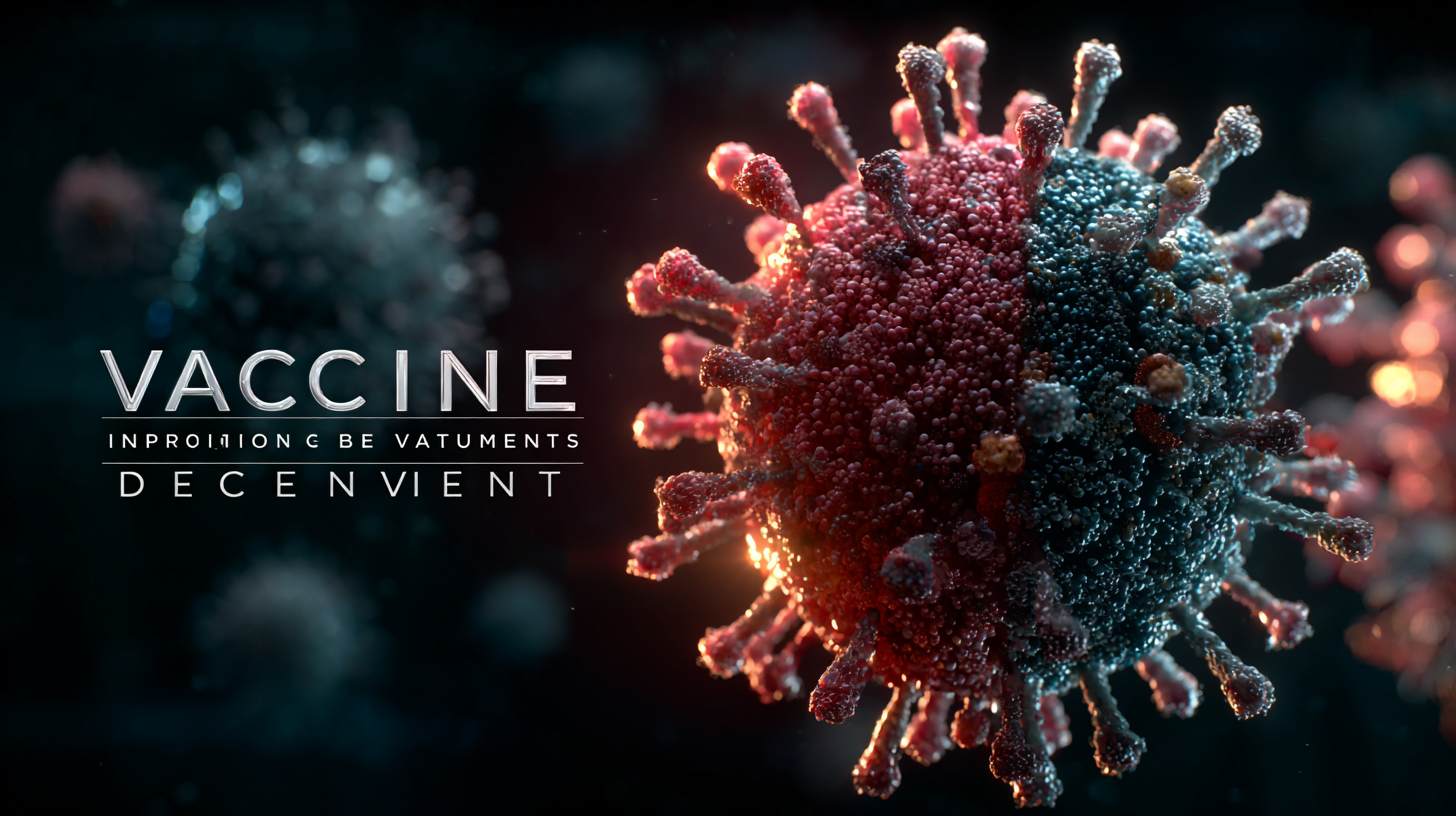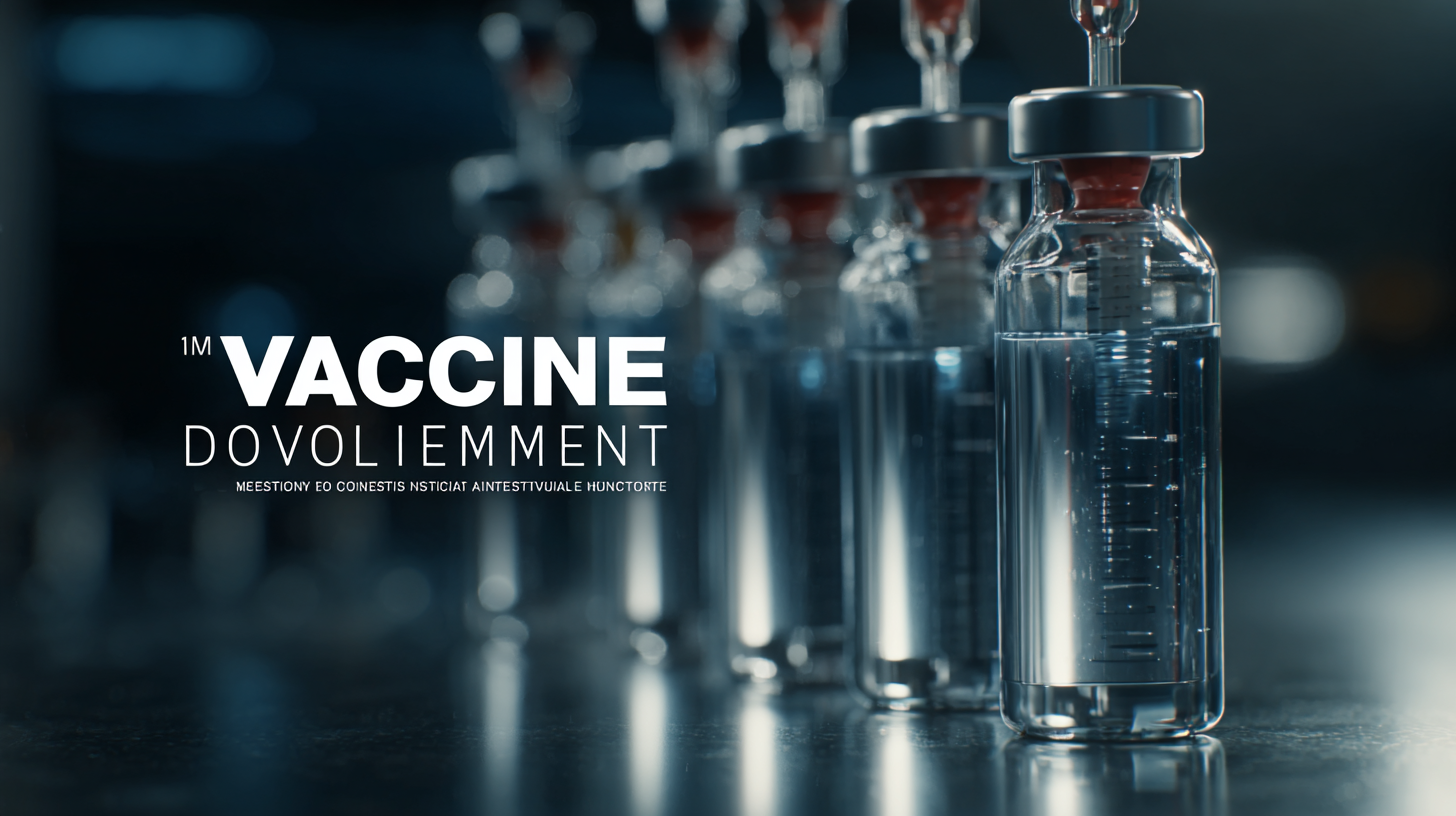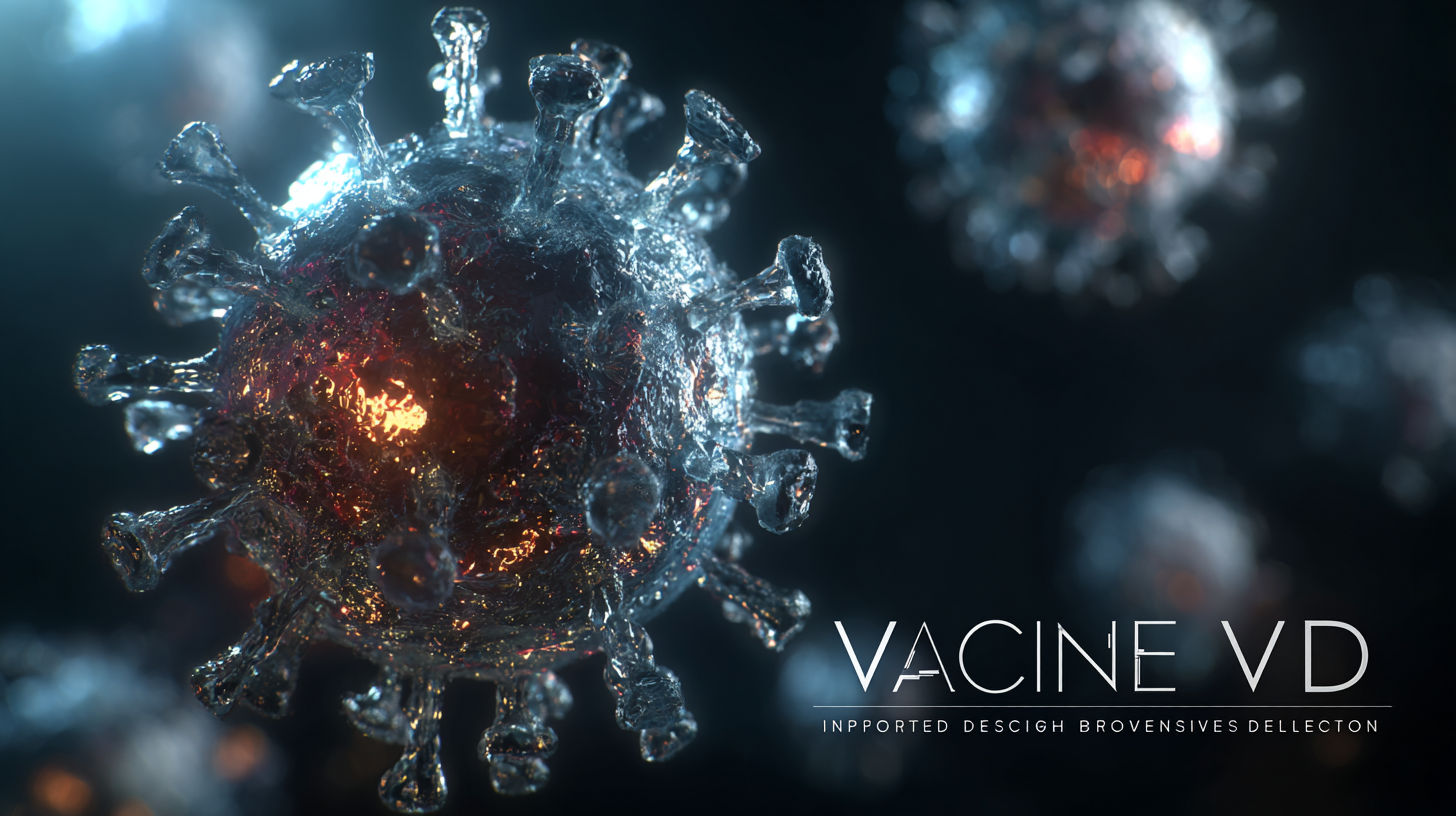In the rapidly evolving landscape of global health, vaccine development has become a critical priority, especially in light of recent pandemics and emerging infectious diseases. According to a recent market analysis, the vaccine development market is projected to reach $38.7 billion by 2025, driven by advancements in biotechnology and increased investments in research and development. The surge in demand for innovative and effective vaccines underscores the necessity of exploring alternative techniques and methodologies that can enhance efficacy and reduce time to market.
 With a growing emphasis on personalized medicine and mRNA technology, the future of vaccine development promises not only improved prevention strategies but also holds the potential to address an array of public health challenges efficiently. As we delve into this topic, we will examine the cutting-edge strategies shaping the next generation of vaccines and their implications for global health outcomes.
With a growing emphasis on personalized medicine and mRNA technology, the future of vaccine development promises not only improved prevention strategies but also holds the potential to address an array of public health challenges efficiently. As we delve into this topic, we will examine the cutting-edge strategies shaping the next generation of vaccines and their implications for global health outcomes.
When selecting vaccine development suppliers, understanding key criteria is pivotal to ensure successful outcomes in a constantly evolving field. First, the supplier’s experience and expertise play a crucial role. Organizations should look for partners with a proven track record in vaccine development, particularly in the specific type of vaccine they are working on, be it mRNA, viral vector, or protein subunit. Their familiarity with regulatory requirements and clinical trial processes can streamline development and reduce time to market.
Additionally, assessing the technological capabilities of potential suppliers is essential. It’s important to determine whether they possess cutting-edge technology that can enhance the development process, such as advanced platforms for rapid prototyping or scalable manufacturing solutions. The ability to provide comprehensive support throughout the development stages, from initial research to final production, further narrows down suitable candidates.
Collaboration with suppliers who prioritize innovation and quality assurance can significantly improve the overall efficiency and effectiveness of vaccine development initiatives.
In the rapidly evolving landscape of vaccine development, assessing supplier capabilities is crucial for ensuring quality, innovation, and compliance. With the emergence of new technologies and methodologies, organizations must be vigilant in evaluating potential suppliers for their ability to meet stringent regulatory standards and deliver reliable, high-quality products. This involves not just a review of the supplier’s past performance, but also an examination of their quality assurance processes and their commitment to continuous improvement.
Innovation plays a pivotal role in the selection of suppliers, especially in a field that demands adaptability and forward-thinking solutions. Suppliers who invest in state-of-the-art technology and research are better equipped to contribute to the development of novel vaccine formulations. Furthermore, collaboration between vaccine developers and suppliers can lead to breakthrough innovations that enhance efficacy and safety. Therefore, integrating a comprehensive assessment framework that emphasizes quality metrics, innovative capabilities, and regulatory compliance will ensure that organizations can navigate the complexities of today’s vaccine landscape effectively.

In the evolving landscape of vaccine development, building strong partnerships with vaccine manufacturing experts is crucial for fostering innovation and efficiency. Collaboration between pharmaceutical companies, research institutions, and manufacturers can significantly enhance the vaccine development process. These alliances allow for the sharing of knowledge and resources, which can lead to the identification of new methodologies and the acceleration of production timelines. By leveraging the expertise of manufacturing specialists, developers can ensure that vaccines not only meet safety and efficacy standards but also become accessible to communities in need more rapidly.

Moreover, forming strategic partnerships can open doors to advanced technologies and platforms that streamline the development process. For instance, utilizing cutting-edge biomanufacturing techniques can reduce costs and improve scalability, making it easier to respond to emerging health crises. Engaging with vaccine experts throughout the development cycle also facilitates better insight into market needs and regulatory landscapes, further promoting successful outcomes. As the global demand for timely and effective vaccines continues to rise, the importance of these collaborations cannot be overstated—they are pivotal to paving the way for innovative solutions in public health.
In the landscape of vaccine supply chain management, the demand for cost-effective solutions has never been more critical. According to a report by the World Health Organization (WHO), optimizing vaccine distribution can lead to a 30% reduction in operational costs for healthcare organizations. This efficiency is vital, especially in the wake of global challenges like pandemics, where rapid vaccination is essential. Leveraging technology, such as blockchain for improved traceability and security, can significantly enhance supply chain management, ensuring that vaccines reach their destinations safely and efficiently.
**Tip:** Investing in real-time tracking systems can help organizations monitor vaccine distribution closely, preventing loss and wastage. Data from the Gates Foundation indicates that better inventory management can reduce surplus and expired vaccines by up to 25%, further lowering costs.
Moreover, collaboration between manufacturers and logistics providers can streamline the supply chain, leading to shared resources and reduced overhead. A study by the Pharmaceutical Research and Manufacturers of America (PhRMA) revealed that integrated supply chain solutions could improve delivery times by 40%. As the vaccination landscape becomes increasingly competitive, those adopting innovative approaches in supply chain management will not only save costs but also enhance overall vaccine accessibility and public health outcomes.
**Tip:** Building partnerships with local organizations can enhance distribution networks, making it easier to reach underserved populations while optimizing logistics costs.
This chart illustrates the cost-effectiveness of various vaccine development techniques and their impact on supply chain management. The data is sourced from recent studies on vaccine development efficiency and cost-saving opportunities.
In the rapidly evolving landscape of vaccine development, enhanced collaboration among suppliers is pivotal. Leveraging innovative technologies not only streamlines processes but also fortifies partnerships that can lead to groundbreaking advancements in vaccinations. Recent initiatives highlight a significant shift towards digital transformation in the biotech industry, creating an agile framework for collaboration. Companies are increasingly integrating advanced technologies across all facets of their operations, enabling them to respond swiftly to emerging health challenges.
The partnership between prominent developers aiming at global health issues illustrates the importance of such collaborations. For example, recent agreements to accelerate the development of COVID-19 and influenza mRNA vaccines underscore the necessity of cooperation among various stakeholders. As organizations like Novavax and their partners endeavor to tackle severe infectious diseases, the focus shifts towards establishing a robust network that enhances the overall efficacy of vaccine development. Through leveraging technology and fostering strong supplier relationships, the future of vaccination not only looks promising but also aligns closely with the urgent demands of public health.
| Technique | Description | Technology Utilized | Supplier Collaboration | Outcomes Achieved |
|---|---|---|---|---|
| mRNA Technology | Uses messenger RNA to instruct cells to produce antigens. | CRISPR, Bioinformatics | Partnerships with biotech firms | Rapid development, high effectiveness |
| Viral Vector Vaccines | Uses a harmless virus to deliver genetic material. | Gene delivery systems | Collaboration with engineering experts | Enhanced immune response |
| Protein Subunit Vaccines | Components of the pathogen are used to trigger immunity. | Nanoparticle technology | Supplier networks for materials | Safety and lower side effects |
| DNA Vaccines | Introduces plasmid DNA coding for antigens. | Electroporation devices | Collaboration with academic labs | Long-lasting immunity |
| Vaccine Adjuvants | Substances that enhance immune response to vaccines. | Immunomodulatory agents | R&D partnerships | Improved vaccine efficacy |
